Not all bike locks are created equal, so just how much do you need to spend to protect your bike?
Commuting to work requires a bike lock to keep your steed safe, but what are the differences between 'cheap' and 'expensive' locks?
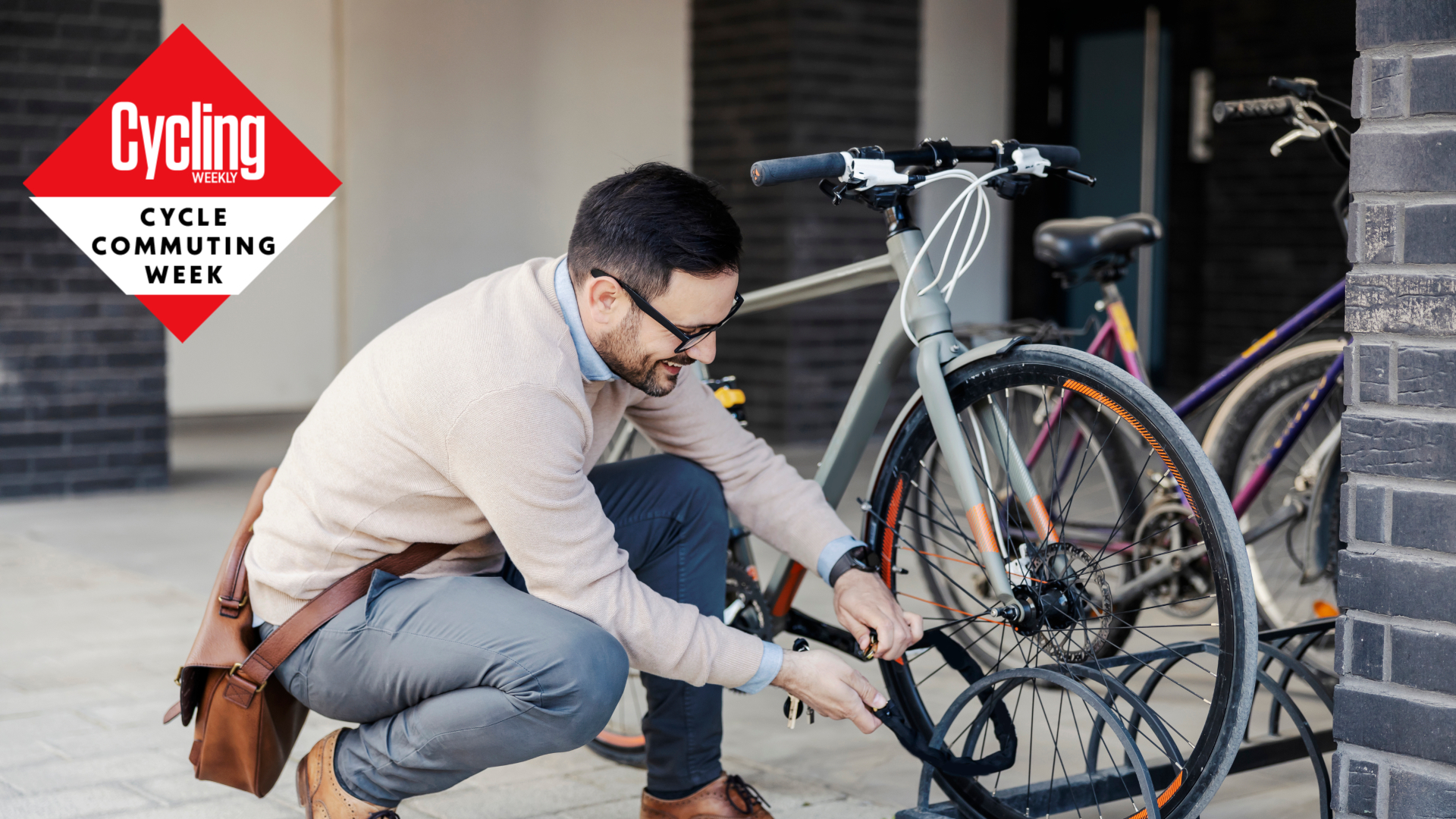
Bicycles get stolen. With some regularity.
It’s one of the few downsides to commuting to work by bike. It also makes owning a lock one of the essentials of cycle commuting to work, even on a budget. Your place of work may have dedicated bike storage, but you’ll still want to secure your bike as best you can with the help of a lock. GPS bike trackers are worth considering too - these can be fitted to the bike giving a warning if it's moved and co-ordinates for the police.
The harsh truth is a bike lock is a deterrent rather than a cure. Bike thieves come armed with a bag of tools, both literally and figuratively, from a well-trained eye and superior lock picking skills to bolt cutters, angle grinders and cordless drills. For the humble bike lock, it hardly seems a fair fight.
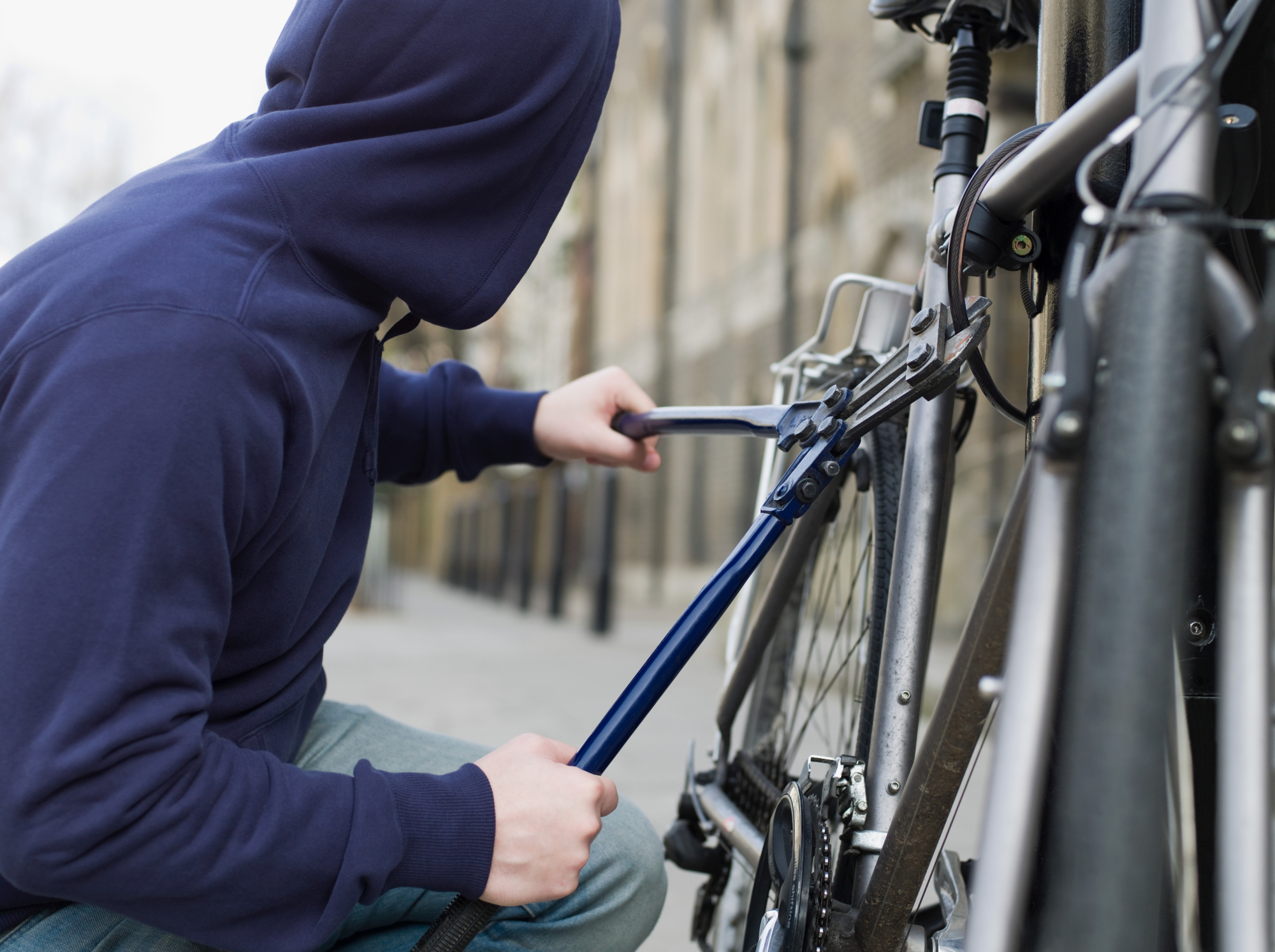
But a bike that’s locked up securely using one, or even two, of the best bike locks is usually enough to make a thief move on to an easier opponent. And herein lies the rub; often all you need for your bike to remain safe is for it to look less of a target than those surrounding it.
All of which may beg the question, if a lock can’t guarantee the safe keeping of my bike, is there much point in spending a significant sum on it? The answer is any lock is better than no lock, but a sturdy number, either a D-lock or a chain, from a reputable brand is best. Remember, the desired outcome is to deter a thief, so using a lock, or locks, that they know take time to break rather than one that can be cracked in seconds is advisable.
How much do locks cost and how are they rated?
How much you spend on a lock should also relate to the bike it's attempting to keep safe. For as long as I can remember the ‘ten percent rule’ has been in circulation; the idea being that the cost of your lock should be approximately ten percent of the cost of the bike. So if your bike is worth £500 / $500 then the ‘rule’ says you should be looking at a £50 /$50 lock. This appears logical until it's applied to expensive bicycles. However, it’s arguable that bikes costing thousands of pounds or dollars shouldn’t be left unattended, lock or no lock.
In general, reliable locks from reputable brands range from £40-150 or $70-$200. While price can be an indicator of its quality, in some countries a lock will also be given a security rating, awarded by an independent organisation. In the UK, this is known as Sold Secure.
Sold Secure is owned by the Master Locksmiths Association but its ratings are the result of independent testing carried out by its own expert test engineers. They award four levels (used across a number of security systems, including automotive):
- Bronze, which it say offers “theft resistance against a basic tool list” and is given to locks that are primarily “aimed at preventing opportunistic crime”
- Silver, which offers protection against an “enhanced tool list” and “aimed at preventing more determined attacked”
- Gold, which offers “theft resistance against a dedicated tool list”
- Diamond, which is the highest level, protecting against the “use of specialist tools”
The ratings can aid your decision when buying a lock. If you live, or work, in an area where you know bike theft is a common occurrence then it makes sense to look for a lock with a gold or even diamond rating. If you’re locking your bike up inside, or using secure bike storage, you may feel comfortable using a lock with a lower rating. If you have bicycle insurance, or are planning on getting it, it’s worth checking to see if your insurer requires you use a lock with a specific rating.
As a commuter, another important factor is the portability of a lock. Given that you’ll be taking it to work with you it needs to either fit comfortably in a bag or can be secured to your bike or to you. There are larger locks, which are far less portable and designed primarily for securing bikes in a garage or shed, but we’ll keep our focus on the more portable options.
So there’s plenty to consider when shopping for a bike lock. Price. Rating. Portability and usage. To help make things a little more straightforward, we’ll look at the different types of lock on the market, comparing options with higher and lower price points to help you determine how much you need to spend on a bike lock.
D-Locks (or U-Locks)
The D-lock, also called a U-lock, is the most commonly used by cyclists. It gets its name from its shape and comprises two parts: a U-shaped bar, known as the shackle, and a retaining bar, also called a crossbar or barrel.
The size of the shackle is worthy of consideration. A larger shackle, which offers more space, makes it easier to lock your bike. It can also make it easier to break. A smaller shackle can present issues when trying to lock through the wheel and the frame, but also leaves little space for a bar or car jack, two commonly used items by bike thieves. Ideally choose a shackle that has a protective layer or coating, to help protect your bike’s paintwork.
Whether you call it the barrel or the crossbar, it also requires your attention. After all, it’s where the locking mechanism is kept. Hold it independently of the shackle if possible; a heavy barrel is a good indicator of a strong lock. Some locks feature sliding covers or similar that protects water from entering the internal mechanism and possibly seizing up.
Some D or U-locks also come with an additional cable lock, such as the highly-regarded Kryptonite Evolution Mini 7. Here the cable can be used to secure the front wheel of your bike. If your D-lock of choice doesn’t come with a cable, it’s worth buying one.
All considered, the popularity of the lock stems from its blend of properties. It’s sturdy, portable - some more than others - simple to use and is offered at a wide range of price points.
Portable D-Lock: Master Lock Mini U-Lock vs Hiplok DX
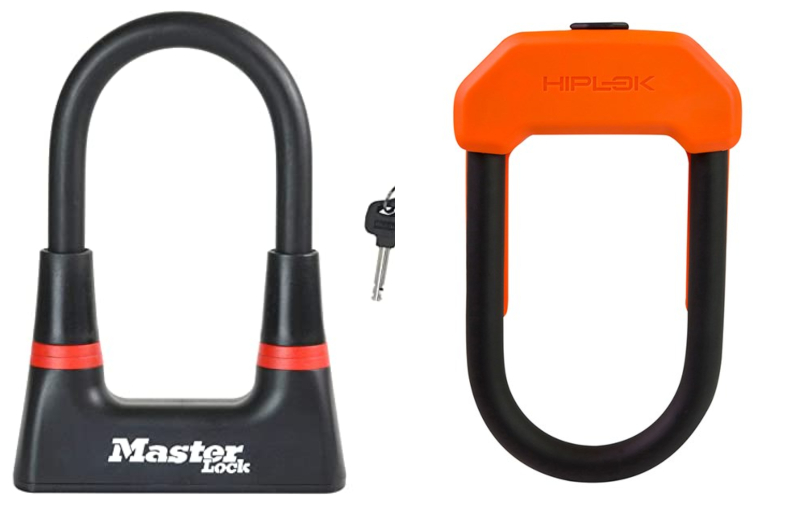
The Master Lock Mini is proof that you don’t need to spend a fortune on a lock. Despite its low cost - you can find it for under £40 - it has plenty of features that enable it to punch well above its weight, which is less than 1kg by the way. This is largely due to its small size; the lockable area measures 8.3cm x 15.2cm. This makes it eminently portable while still being large enough to lock up the front wheel to the frame and still go around the stand. Crucially, neither the size or weight affect the security of the lock; it carries a Sold Secure Diamond rating. However given its affordability something has to give; the Master Lock comes without a bike mount and offers no replacement key service if you happen to lose the four provided.
So what do you get if you spend a little more? Hiplok’s DX lock is close to twice the price of the Master Lock Mini. It’s designed to be portable, featuring a neat two-prong design that allows you to attach the lock to a belt or rear trouser pocket. It also has a durable casing to protect against the elements, which does not adversely impact its weight - the DX tips the scales at a little over 1kg. Like the Master Lock Mini it’s portability means the locking area is fairly small but not prohibitive. As for the rating, it’s a rung down, listed as Sold Secure Gold.
Chain locks
A chain is a rudimentary yet effective way to lock your bike. They offer greater flexibility than a D or U-lock, improving your scope when it comes to finding appropriate objects to lock your bike to as well as making it possible to lock up more than one bike at a time.
They consist of a chain, with links normally made from hardened steel. Chain lengths vary, but are likely to be between 1 and 1.5 metres in length. Expect it to feature a protective cover too. The locking mechanism is essentially a miniature U-lock that secures both ends of the chain.
Their adaptability also means you can wrap them around your bike in a variety of ways, eliminating gaps between lock and bike that might otherwise be exploited by a thief and his tools. In fact, this is their greatest asset. In simple terms, it’s difficult to pry a chain open using a jack or a bar. This means a thief would need to use bolt cutters, angle grinders or similar - which are generally more conspicuous, which may well be enough of a deterrent for them to move on to easier pickings.
However, the sturdiness of the chain means it's also likely to be heavy. And any chain lock that isn’t won’t be worth having. If you’re locking your bike up regularly in a high-crime area, the extra load could well be worth it. That said, if your commute to work is longer than a few miles, or takes in a number of hills, lugging a 5kg chain around might not be ideal. But despite the weight the aforementioned flexibility makes a chain lock fairly easy to carry; wrap it around your waist, hook it over your shoulder, twist around the bike’s top tube or throw it in a cycling backpack, the choices are numerous.
Portable bike chain: Oxford Chain 10 vs Kryptonite New York Fahgettaboudit Chain
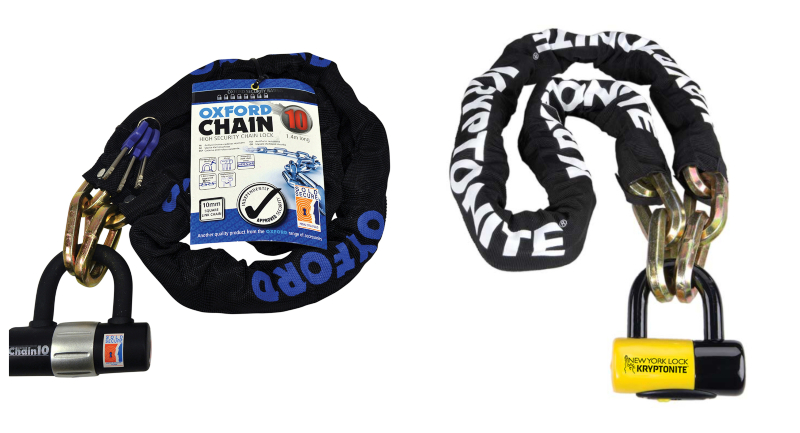
Oxford’s Chain 10 covers all the bases without costing the earth. The chain itself measures 1.4m in length, making it plenty long enough to attach your bike to a variety of objects. It’s made from hardened steel and comprises 10mm thick links. The entire chain is wrapped in a protective nylon cover. The double locking padlock also benefits from a steel shackle, and combined, add up to a Sold Secure Gold rated product. As for the weight, the Oxford Chain 10 lock weighs a little over 3kg.
At over £100 / $150 the Kryptonite New York Fahgettaboudit Chain is more than twice the price of the Oxford Chain 10. As the name suggests, this is a lock built for the mean streets of the Big Apple. Having lived there I can attest that while the city’s hardly teeming with criminals, you do need to take care locking up your bike in many of its neighbourhoods.
You’d hope a lock bearing the great cities name is fit for purpose. Fortunately the additional cost of the Kryptonite lock compared to the Oxford does equate to extra security. In the UK this means a Sold Secure Diamond rating, the highest award on offer for bicycle security products. To achieve this the lock uses a one metre long chain made up of 14mm hardened steel links that are then secured with a 15mm disc lock. It certainly looks like a lock that would make a thief think twice. As for the weight, it tops the scales at a reassuringly hefty 5kg.
Folding locks
So when it comes to portability D-locks can sometimes be a little awkward to carry, while chain locks are typically heavy. Folding locks are designed to negate both of these issues, being easy to carry and relatively light.
They take two forms: one using steel plates that are riveted together, the other a series of steel cables covered by a nylon casing. Both are easy to carry, with the former folding into a neat package, often paired up with a frame-mounted case, while the latter is flexible enough that it can be secured around the top of your bike. There are even those designed to be worn in a similar fashion to a belt.
Their USP also means they’re adaptable in ways a D-lock isn't; they can be used to lock bikes to objects of varying sizes and shapes. If you’re not locking your bike up in a dedicated bike shed or to a typical bike stand, then this could be a strong selling point.
There are downsides to folding locks however. They can be expensive, certainly when compared to D-locks with a comparable security rating. More importantly, they’re fallible. A folding lock is inherently flawed because it folds. Rivets are vulnerable in a way that chain links aren’t and can be easily broken with the ‘right’ tools. Likewise the plates need to be pretty thin so they can fold comfortably together, which makes them far easier to cut through than a shackle of a D-lock. The strap-like folding locks, while putting up a stout defense against blunt objects such as a hammer, are no match for strong saw blade or angle grinder.
In essence, these are locks best suited for café stops rather than commutes, unless you happen to live or work in the neighbourhood equivalent of the Cheers bar. And even then, we’d proceed with caution.
Folding lock: Kryptonite Keeper 585 vs Abus Granit X-Plus Bordo
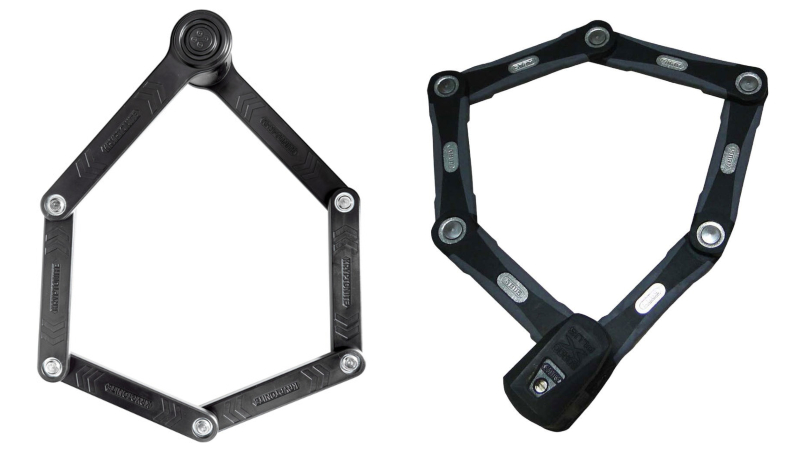
The Keeper 585 is typical of folding locks at the lower price range - this one retails for around £50 - in that it’s lightweight and easily portable. It even comes with a bracket that mounts to your bike frame for easy transportation.
Unfortunately, the Keeper is also indicative of their problems. Its steel plates are just 3mm thick, which doesn’t inspire confidence, especially when you think that a D-lock shackle is around 10mm in diameter. It adds up to a Sold Secure Bronze rating, which makes it unsuitable for many commuters. To be fair, Kryptonite only rates this as a 5/10 using its own scale and suggests it for “moderate security lock ups.” We’d concur.
Double up your money and you can afford Abus’s Granit X-Plus Bordo. It’s the German brand’s only Sold Secure Gold rated folding lock. Here the 150mm steel plates are 5.5mm thick. It also uses an ‘X-Plus’ cylinder locking mechanism, which is designed to keep even the most skilled lock pickers at bay. All told, it weighs just over 1.5kg. Still, for similar money you can buy a D-lock or chain lock with a Diamond security rating. Unless you absolutely need the portability, this is likely the better choice.
Cable locks
Cable locks are included here but come with a warning. These should never be used in isolation. Rather, a cable lock should always be combined with a D-lock, allowing you to lock your bike’s front wheel as well as its rear. While they can easily be cut through, it’s another line of protection a thief will need to break through, which could be enough of a deterrent. You can buy cable locks specifically for this purpose, such as Kryptonite’s KryptoFlex, which replaces the locking mechanism with two looped ends.
If you require an additional lock for café stops and similar, when your bike is in view for much of the time, a cable lock works well. That said, if you’re looking for a portable lock to carry on road or gravel rides, then HipLok’s Z Lok Combo is a worthwhile upgrade from a standard cable lock, weighing less than 100g.

Thank you for reading 20 articles this month* Join now for unlimited access
Enjoy your first month for just £1 / $1 / €1
*Read 5 free articles per month without a subscription

Join now for unlimited access
Try first month for just £1 / $1 / €1
Get The Leadout Newsletter
The latest race content, interviews, features, reviews and expert buying guides, direct to your inbox!
Luke Friend has worked as a writer, editor and copywriter for twenty five years. Across books, magazines and websites, he's covered a broad range of topics for a range of clients including Major League Baseball, the National Trust and the NHS. He has an MA in Professional Writing from Falmouth University and is a qualified bicycle mechanic. He has been a cycling enthusiast from an early age, partly due to watching the Tour de France on TV. He's a keen follower of bike racing to this day as well as a regular road and gravel rider.
-
 Man hands himself in to Belgian police after throwing full water bottle at Mathieu van der Poel during Paris-Roubaix
Man hands himself in to Belgian police after throwing full water bottle at Mathieu van der Poel during Paris-Roubaix30-year-old was on Templeuve-en-Pévèle cobbled sector when television pictures showed the bottle hitting him in the face
By Tom Thewlis Published
-
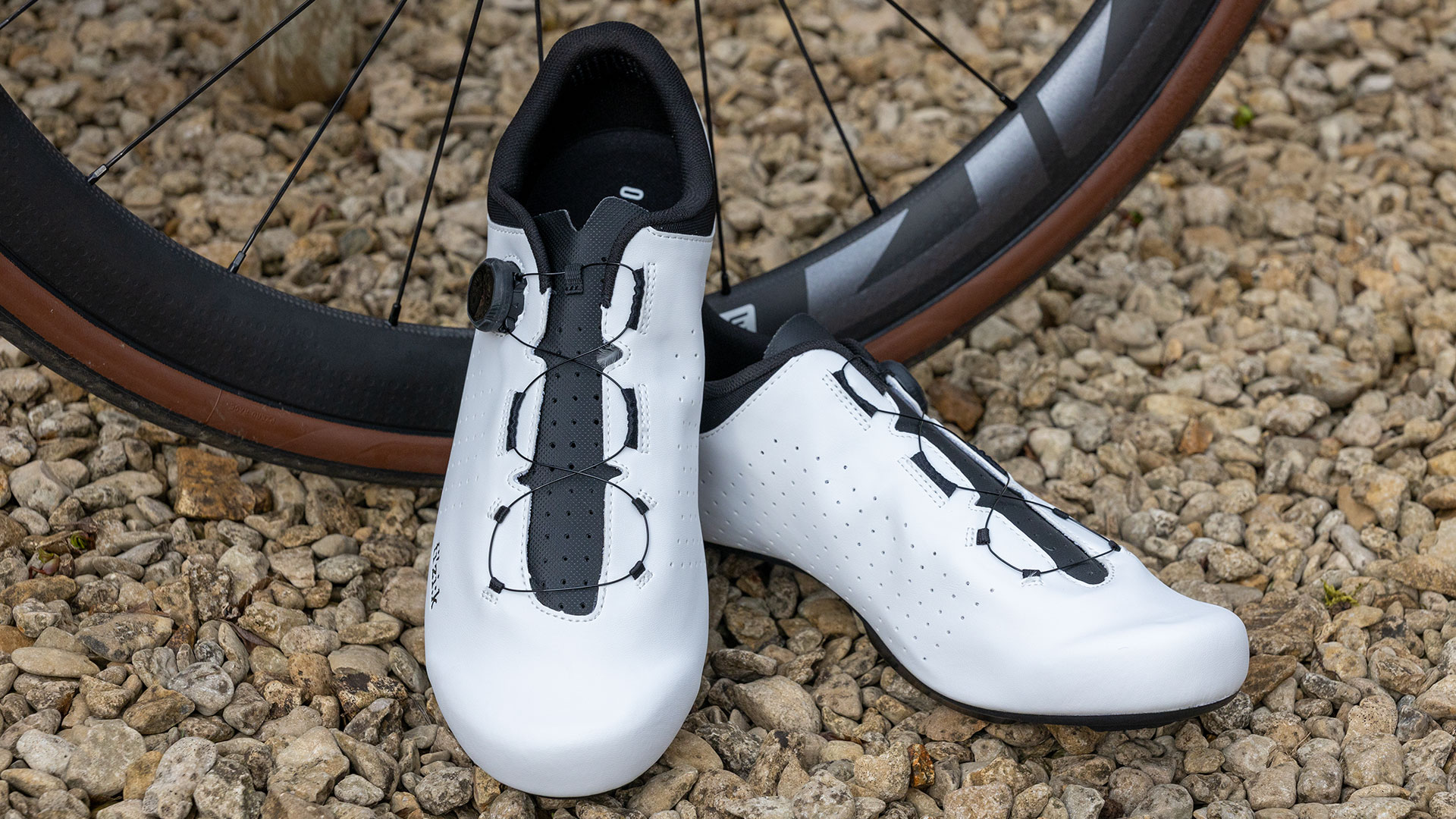 Fizik Vento Omna Wide shoe review: Yeti sneakers for those pedalling on a budget
Fizik Vento Omna Wide shoe review: Yeti sneakers for those pedalling on a budgetBroadly recommended for those of us with flipper feet
By Simon Fellows Published
-
 How to lock a bike securely: Eight tips for worry-free urban cycling
How to lock a bike securely: Eight tips for worry-free urban cyclingIf you’re using your bike to commute to work or to nip to the shops, you’ll want to make sure it’s still there when you return
By Paul Norman Last updated
-
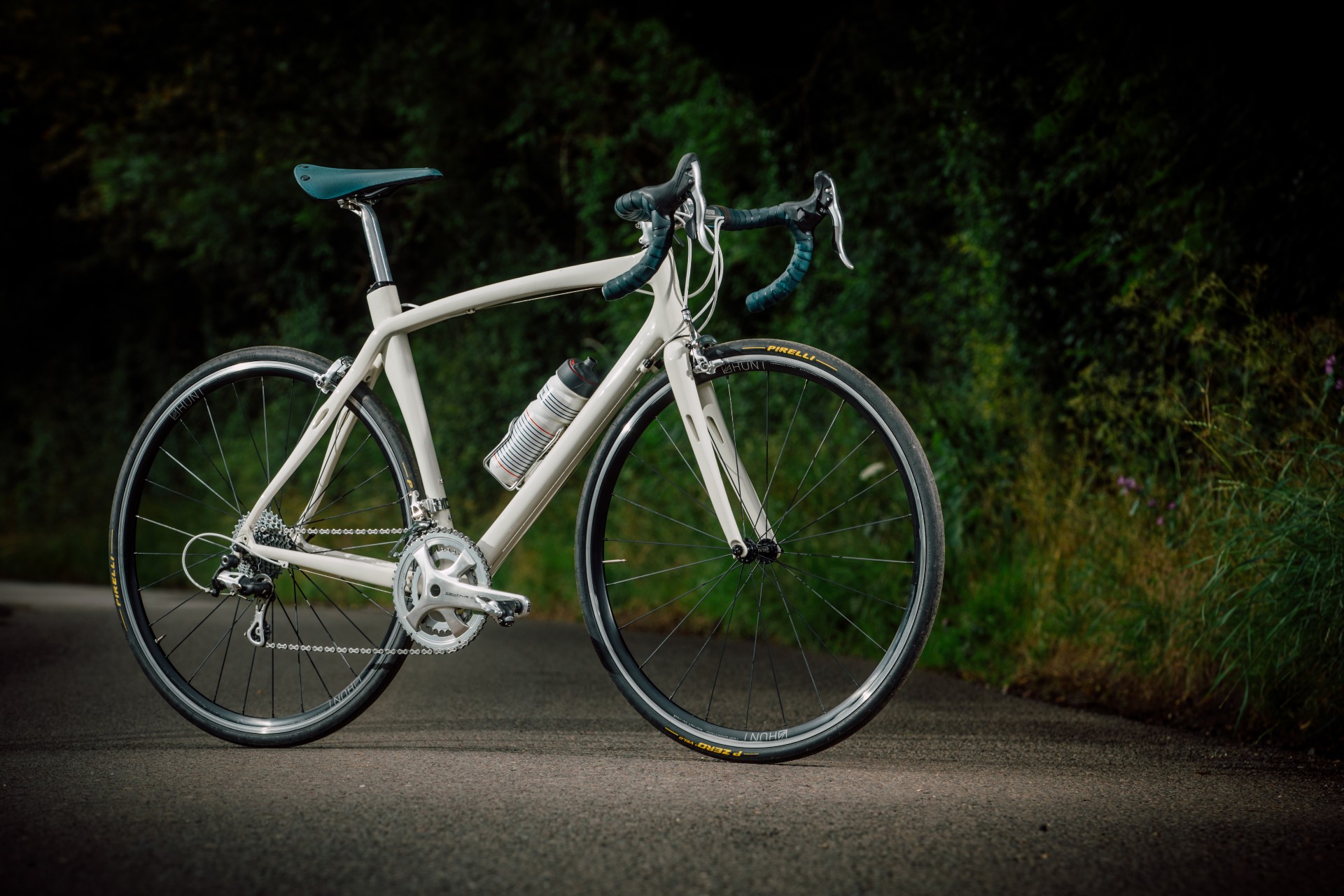 Five cost-effective upgrades to make a second-hand bike feel like new again
Five cost-effective upgrades to make a second-hand bike feel like new againWe run you through the most cost-effective ways to get a 'brand new' feeling from a second hand bike
By Stefan Abram Published
-
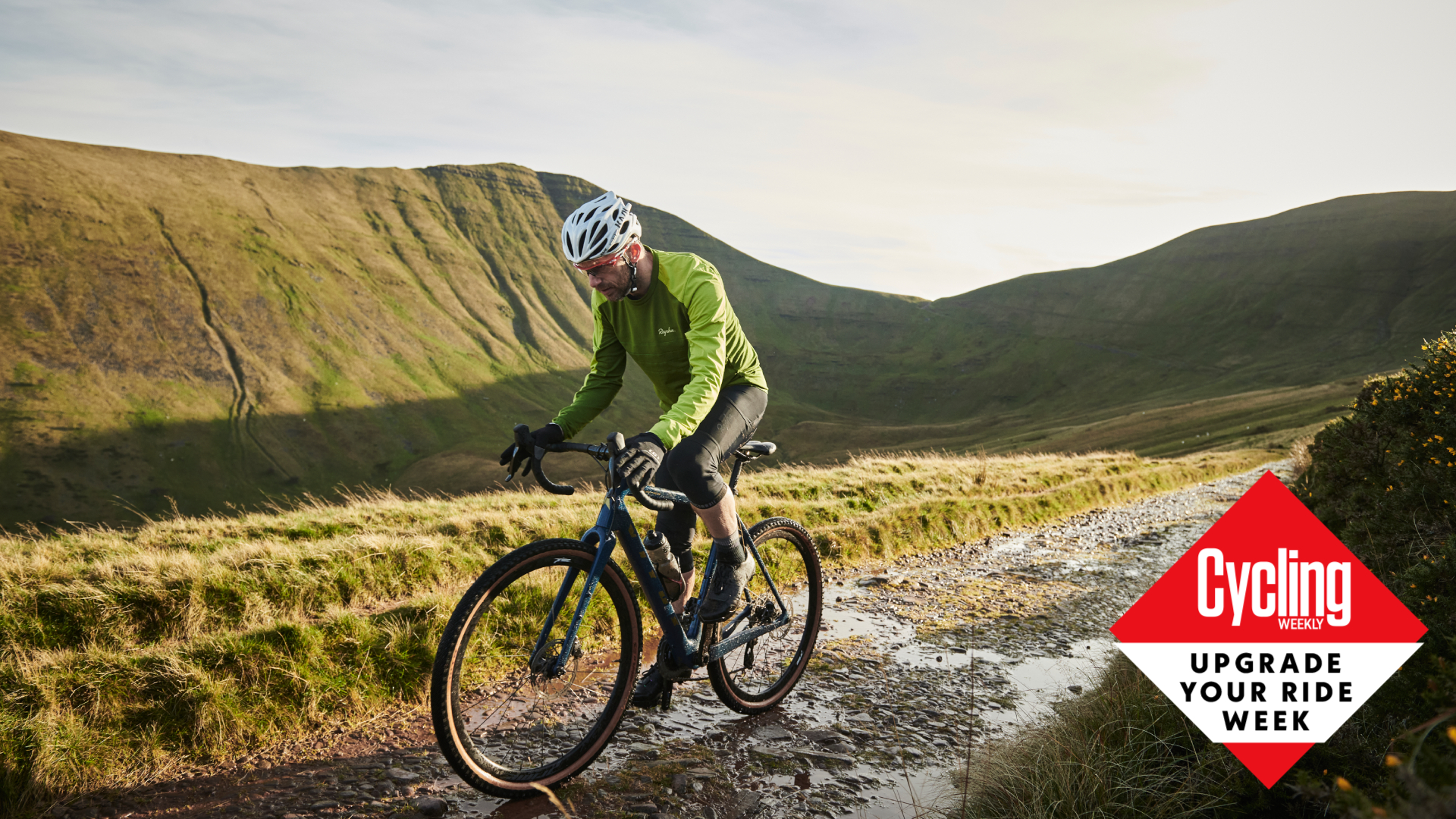 Five simple upgrades to get the best out of your gravel bike
Five simple upgrades to get the best out of your gravel bikeHere's how to to push your bike further – and go faster off-road
By Stefan Abram Published
-
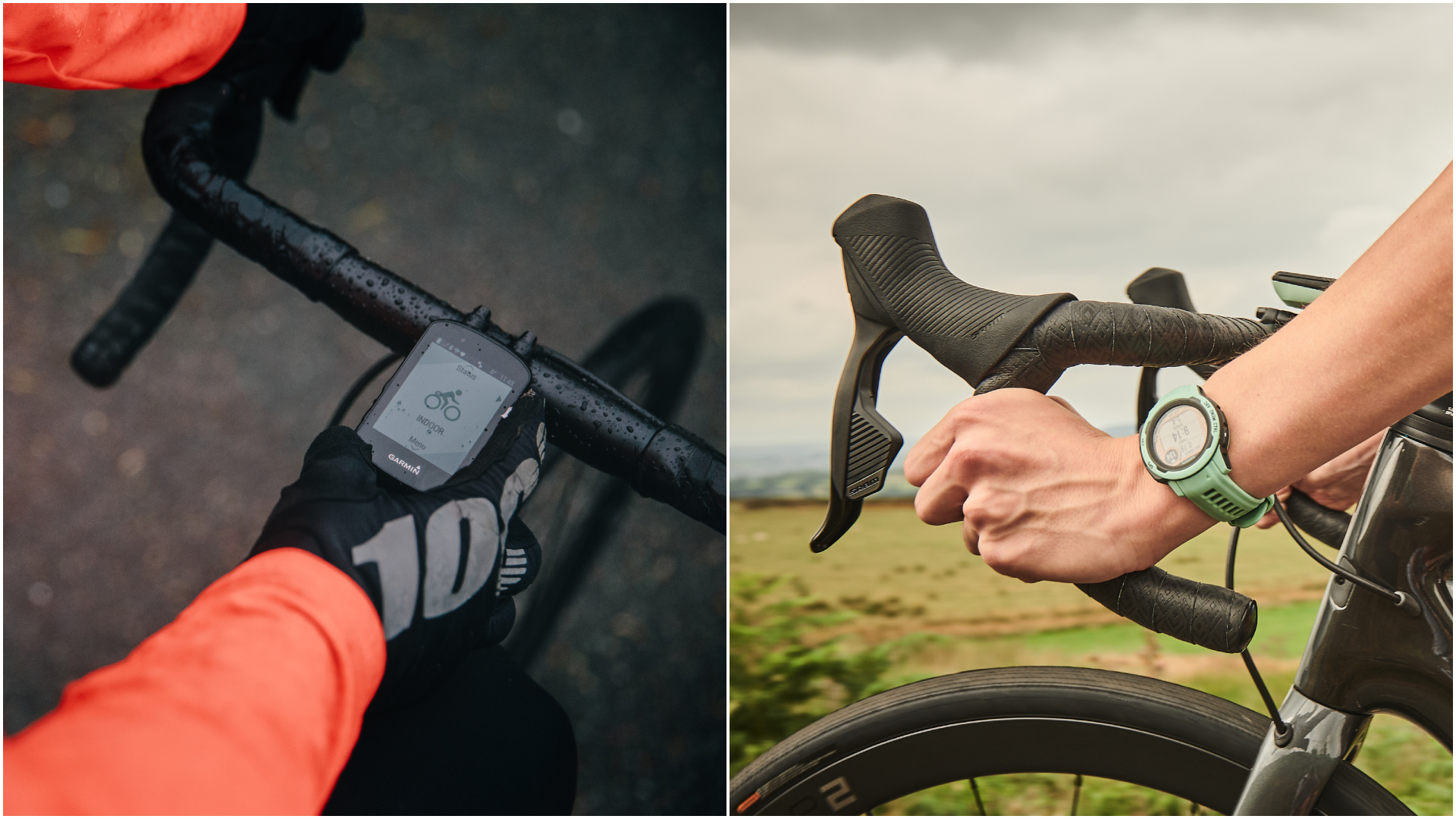 Smartwatch versus cycling computer: which is best for cyclists?
Smartwatch versus cycling computer: which is best for cyclists?Is mapping most important to you? Or would you get more out of 24/7 health monitoring? - we take you through all the pros and cons of wearables versus bike-mounted devices
By Luke Friend Last updated
-
 Help the environment; save some money – here's how to make your cycling kit last longer
Help the environment; save some money – here's how to make your cycling kit last longerSurprisingly easy ways to keep your bike gear going and going
By Hannah Bussey Last updated
-
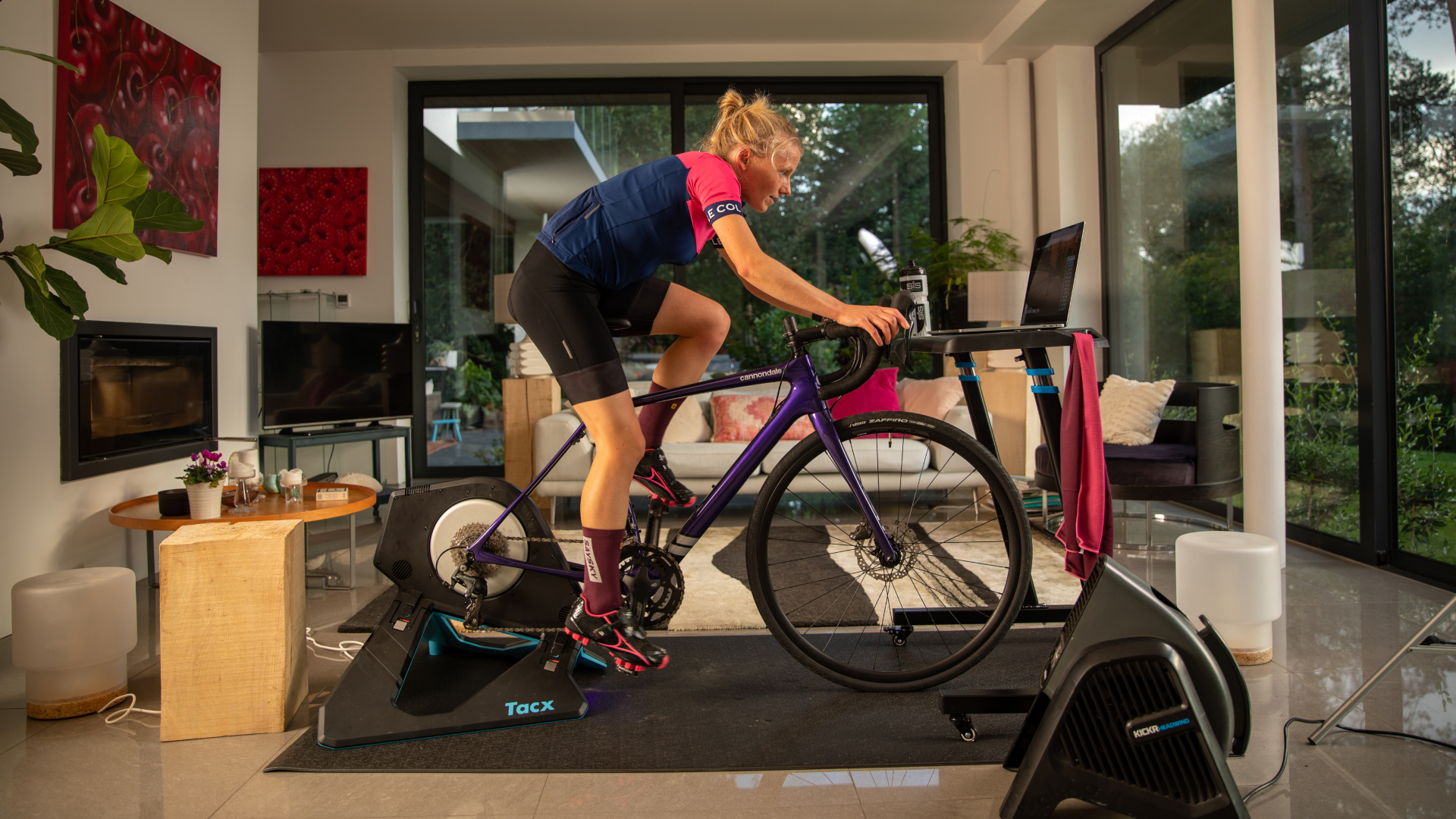 Cheap versus expensive turbos trainers: are you paying four figures for features you don’t need?
Cheap versus expensive turbos trainers: are you paying four figures for features you don’t need?Today's turbo trainers are available at a myriad of price points but what are the differences between entry level and top-tier units? We take a look at the details and their impact on the experience of riding indoors
By Luke Friend Published
-
 Is an e-bike worth it? Why an electric bike is perfect for commuting
Is an e-bike worth it? Why an electric bike is perfect for commutingAn e-bike is the perfect mode of transport for commuting to work
By Luke Friend Published
-
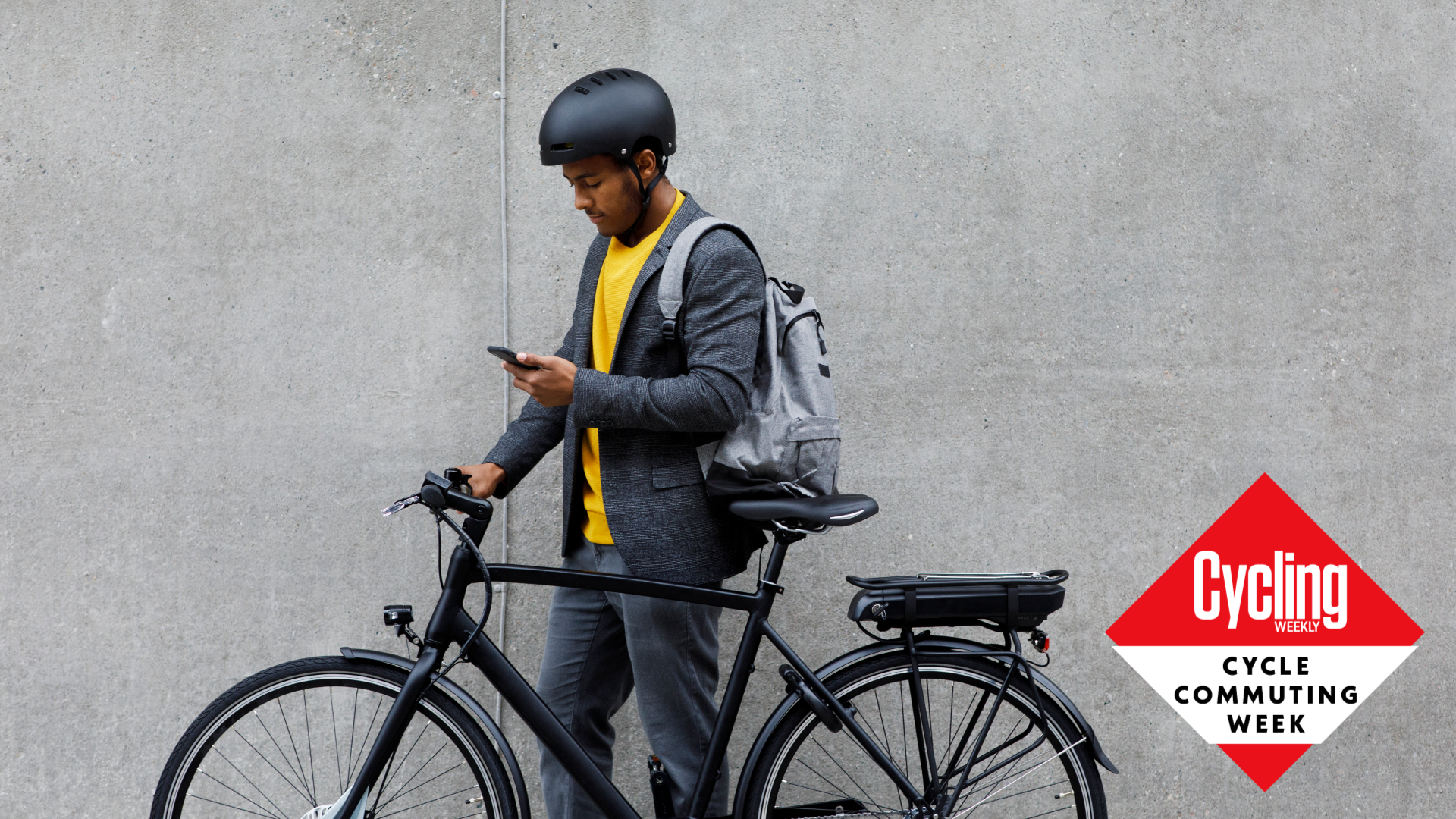 Seven things to look for in a bike for commuting
Seven things to look for in a bike for commutingA few choice components can really make the difference when cycling to work—we rounded up a few of the most useful features to look for in a bike for commuting
By Stefan Abram Published